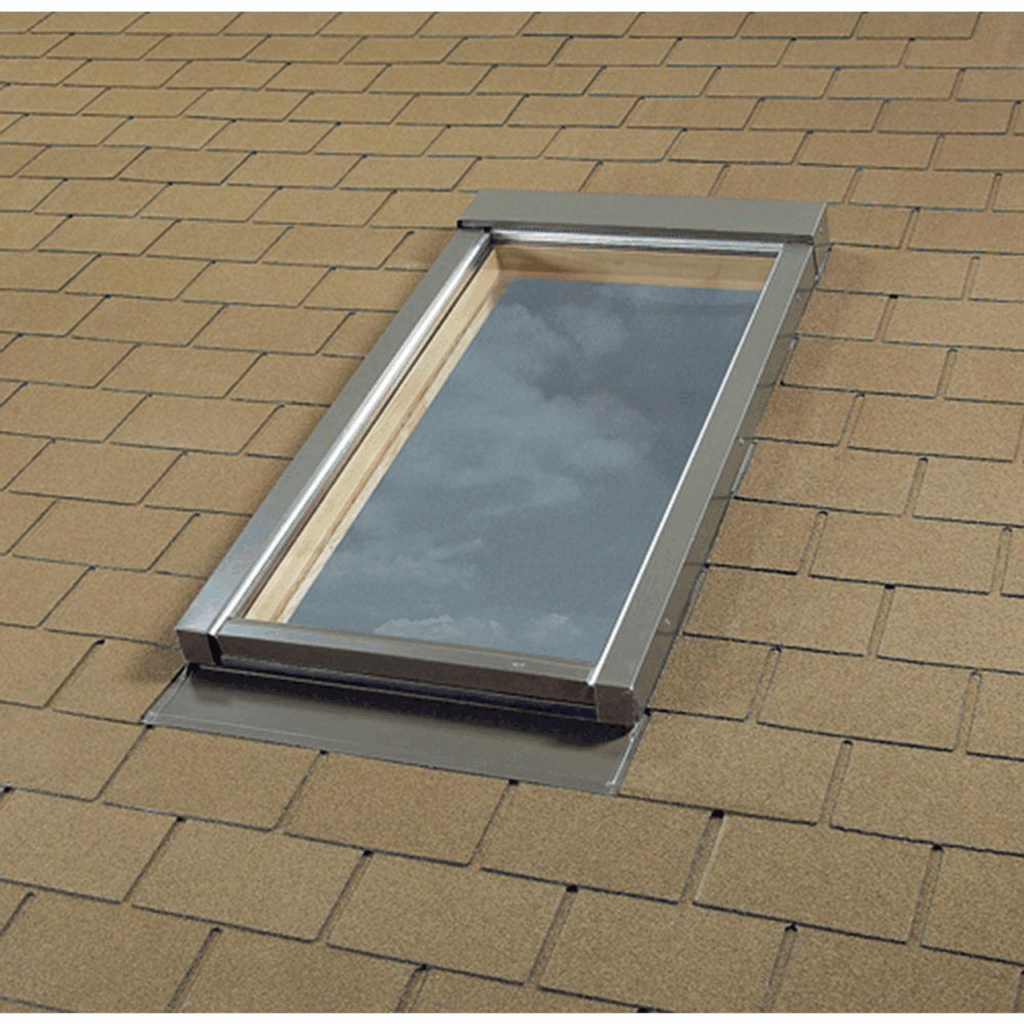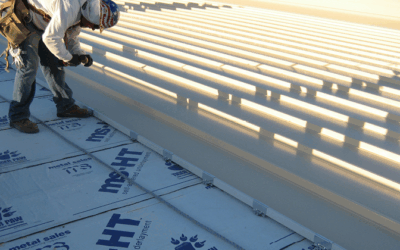Understanding Skylights Installation Cost: What Homeowners Should Know

If you’re considering brightening up your home with natural light, you’ve probably started to explore skylights. One of the most common questions people ask is, “What is the typical skylights installation cost?” Knowing what goes into the price can help you budget properly and decide if installing skylights is the right choice for your home.
Skylights add beauty, improve energy efficiency, and bring the outdoors inside by letting sunlight pour into dark rooms. But before you jump into the installation, it’s important to understand all the factors that influence cost. This guide covers everything you need to know about skylight installation expenses, including different types of skylights, labor charges, roof considerations, and ongoing maintenance costs.
1. What Influences Skylights Installation Cost?
Skylights installation cost varies widely based on several key factors. Here’s a breakdown of the most important ones:
Type and Size of Skylight
The style of skylight you choose greatly affects the price. Common types include:
- Fixed Skylights: These do not open and are typically the least expensive option.
- Ventilated (or Venting) Skylights: These can open to allow fresh air in and usually cost more.
- Tubular Skylights: Also called sun tunnels, these are smaller and designed for tight spaces, usually more affordable.
- Custom or Specialty Skylights: Larger or uniquely shaped skylights come at a premium.
The size of the skylight also matters—larger skylights require more materials and more labor to install.
Roof Type and Condition
The type of roof you have will impact the installation cost. Installing skylights on a simple asphalt shingle roof is generally less expensive than on a tile, metal, or slate roof. Roof pitch (angle) and existing roof condition can also affect the price. If your roof is old or damaged, repairs might be necessary before installing skylights.
Labor and Installation Complexity
Installation costs include the time and skill required. Skylight installation is a specialized task because it involves cutting into the roof and ensuring proper sealing to avoid leaks. If your roof is steep, hard to access, or if the skylight placement is challenging, expect higher labor costs.
Additional Materials and Features
Beyond the skylight unit itself, additional materials may be required:
- Flashing kits to waterproof the skylight
- Insulation materials to improve energy efficiency
- Interior finishing such as drywall, paint, or trim
- Electric wiring for motorized or remote-controlled skylights
Each of these can add to the overall cost.
2. Average Cost Range for Skylights Installation
While prices vary by region and specifics of each job, here are some typical ranges to expect:
- Fixed skylights: $800 to $1,500 per unit (installed)
- Ventilated skylights: $1,200 to $2,500 per unit
- Tubular skylights: $500 to $1,200 per unit
- Custom or large skylights: $2,000 to $5,000+ per unit
Labor can represent 30% to 50% of the total installation cost depending on complexity.
For example, a homeowner installing a 2-foot by 4-foot fixed skylight on a simple roof might pay around $1,000 to $1,200 total, whereas a large vented skylight on a tile roof could easily cost over $3,000.
3. Skylight Types Explained
Fixed Skylights
Fixed skylights are designed to provide daylight only and do not open. They are easier to install, have fewer moving parts, and usually cost less than vented models. They also require less maintenance since there are no moving mechanisms to break.

Ventilated Skylights
These skylights can be opened manually or electronically to allow fresh air circulation. They help reduce humidity and improve ventilation, especially in bathrooms or kitchens. Because of the additional hardware and sealing requirements, ventilated skylights cost more.

Tubular Skylights
Also known as sun tunnels, these are narrow, tube-shaped skylights that funnel sunlight from the roof to small interior spaces. They are less obtrusive and more affordable than large skylights but provide less light. They are often chosen for hallways, closets, or small bathrooms.

Custom Skylights
Custom or architectural skylights are made to fit unique spaces, often with special shapes like domes or pyramids. These are the most expensive due to the manufacturing and installation challenges.

4. Installation Process and What to Expect
Understanding the installation process can help explain the cost:
- Site Assessment: A professional will inspect your roof and interior to determine the best location for the skylight.
- Measuring and Marking: Precise measurements are taken to avoid structural elements like rafters or wiring.
- Cutting the Roof: A section of the roof decking is removed where the skylight will be installed.
- Installing the Skylight Unit: The skylight is secured into the opening, typically with flashing to waterproof the area.
- Sealing and Waterproofing: Flashing and sealants are applied to prevent leaks.
- Interior Finishing: The ceiling around the skylight opening is repaired or trimmed for a clean look.
- Electrical Work: If installing a vented or motorized skylight, wiring is completed.
The entire process can take anywhere from a few hours for a basic skylight to a full day or more for complex installs.
5. DIY vs. Professional Installation
While some homeowners consider installing skylights themselves to save money, it’s usually best to hire professionals. Improper installation can lead to water leaks, mold growth, and structural damage, which are far more expensive to fix.
Professionals have the right tools, experience, and knowledge of local building codes to ensure a safe and secure installation.
6. Additional Costs to Consider
Beyond the basic installation, several extra costs might apply:
- Building permits: Some areas require permits for skylight installation, which can cost $50 to $200 or more.
- Roof repair: If your roof needs patching or reinforcing, this will add to the bill.
- Energy-efficient upgrades: Some skylights come with coatings or glass options that improve insulation but increase the upfront cost.
- Blinds or shades: Installing window treatments for controlling sunlight and heat can cost $100 to $500 extra.
- Maintenance: Skylights need occasional cleaning and inspection to prevent leaks.
7. How Skylights Affect Energy Efficiency and Home Value
Well-installed skylights can reduce the need for electric lighting during the day, lowering your energy bills. They can also help with ventilation if vented, reducing cooling costs.
Skylights tend to increase the aesthetic appeal of a home and can boost property value if installed properly.
8. Tips to Save on Skylights Installation Cost
- Compare multiple quotes from licensed installers.
- Choose a standard-sized skylight instead of custom.
- Schedule installation during off-peak seasons.
- Maintain your roof to avoid expensive repairs.
- Select fixed skylights if ventilation isn’t necessary.
9. Common Problems and How to Avoid Them
- Leaks: Most leaks come from poor flashing or sealant. Hiring an experienced installer is key.
- Condensation: Skylights in humid areas need proper ventilation.
- Glare and heat gain: Choose glazing options to reduce UV rays and heat.
- Structural issues: Avoid cutting into load-bearing rafters without professional guidance.
10. Final Thoughts on Skylights Installation Cost
The skylights installation cost depends on many factors, but investing in quality materials and skilled labor can save money and headaches in the long run. Skylights improve lighting, ventilation, and the overall atmosphere of your home.
Before making a decision, weigh your budget against the benefits and speak with professionals to get a clear estimate tailored to your needs. 440-235-3124

 (440) 307-2060
(440) 307-2060



